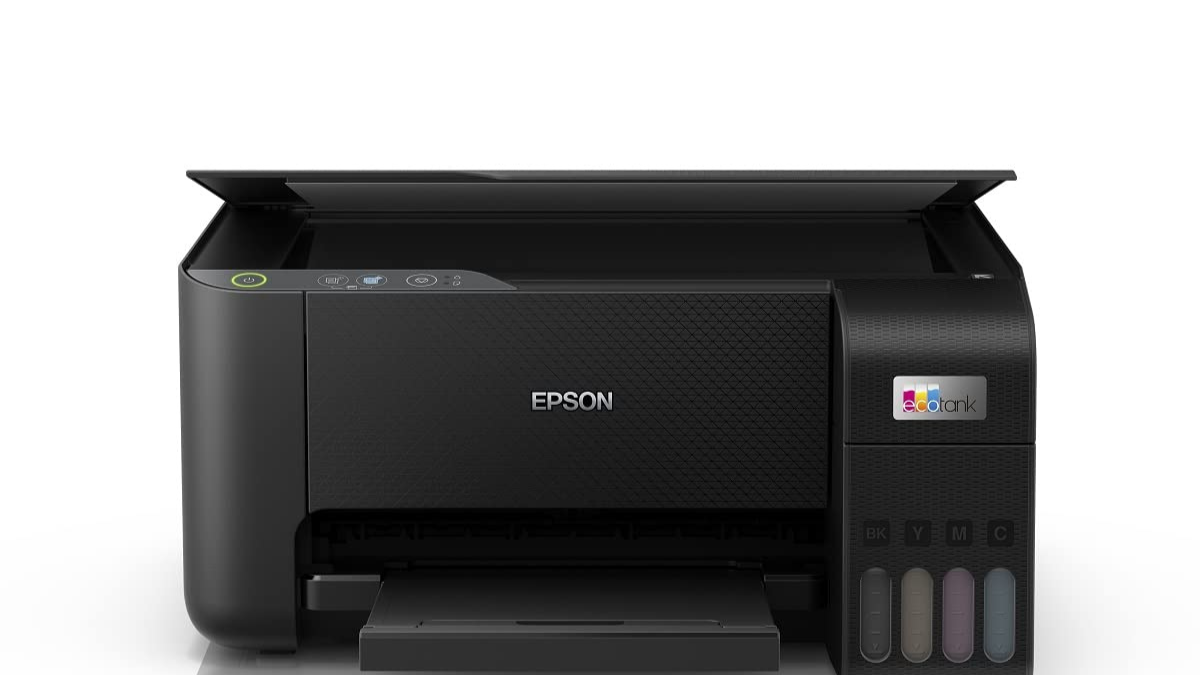For photographers, designers, and print professionals, print quality is non-negotiable. Epson printers are built to deliver stunning output, but even the best devices require optimized settings and proper maintenance to achieve consistent, high-quality results. This guide walks you through the precise settings and professional techniques you need to ensure your Epson printer delivers the finest quality possible—every time.
1. Basic Epson Printer Troubleshooting Steps
Before tweaking advanced settings, start with these essential checks:
- Connection Check: Ensure the printer is properly connected via USB or network.
- Power Reset: Restart both the printer and computer.
- Paper & Ink Check: Confirm that the right type of paper and sufficient ink levels are available.
- Run a Nozzle Check: Access via the maintenance tab in your printer settings. This ensures all colors are firing correctly.
2. Fixing Print Quality Problems
If you’re seeing banding, faded colors, or inconsistent sharpness:
- Use Epson Genuine Inks: Third-party inks can compromise color accuracy and clog nozzles.
- Select the Correct Media Type: Matching your media type in printer settings (e.g., glossy photo, matte, plain paper) adjusts ink density accordingly.
- Choose ‘High’ or ‘Best’ Print Quality: Under Print Preferences > Quality, set to ‘High’ or ‘Best Photo.’
- Use ICC Profiles: Professionals should download custom ICC profiles for each paper type from Epson or paper manufacturers for color-accurate prints.
3. Epson Printer Printing Blank Pages – Causes & Fixes
This issue may stem from:
- Clogged Print Heads: Run a head cleaning cycle, wait 30 minutes, then test again.
- Empty or Misaligned Cartridges: Replace or reinstall cartridges.
- Software Issues: Try printing from another app or rechecking file settings (black font on black background, for instance).
- Outdated Drivers: An old driver might not communicate print commands correctly—update it (see Section 7).
4. Solving Paper Jams and Feed Issues
For professional use, misfeeds are costly. Here’s how to handle them:
- Don’t Yank Paper: Always power off and gently remove paper via designated access areas.
- Clean Feed Rollers: Over time, rollers get dusty. Wipe them with a lint-free cloth and isopropyl alcohol.
- Avoid Overloading: Stick to Epson’s paper limit per tray.
- Use Compatible Media: Ensure paper thickness and texture fall within your printer’s specifications.
5. Resolving Epson Printer Error Messages
Common messages professionals encounter:
- “Paper Jam”: Clear all access points; check for small debris.
- “Ink Cartridge Not Recognized”: Reinsert or replace with genuine Epson ink.
- “Service Required”: This often signals a full waste ink pad. Use Epson’s reset utility or call support.
- “Low Ink Warning”: Refill or replace immediately to avoid air bubbles in the print head.
6. Updating Epson Printer Drivers and Firmware
Stay current for maximum compatibility and performance.
- Drivers: Download the latest from Epson’s support site.
- Firmware: Use Epson Software Updater to install new firmware. Be cautious—it may block non-Epson cartridges.
7. Preventive Maintenance Tips
A few smart habits go a long way:
- Print Weekly: This keeps ink from drying and nozzles from clogging.
- Store Paper Correctly: Keep it flat, cool, and dry to avoid feed errors.
- Turn Off Properly: Always use the power button—never unplug directly.
- Clean the Printer Monthly: Wipe down interiors and exterior gently to remove dust.
8. When to Seek Professional Help
If problems persist after multiple cleanings and resets:
- Nozzle Check Fails Repeatedly
- Loud Mechanical Noises
- Ink Leaks or Smudges
- Hardware Errors (e.g., scanner failure)
Contact Epson support or an authorized technician to avoid long-term damage.
Conclusion
Print professionals rely on consistency and precision—and Epson printers are capable of delivering both. But that performance depends heavily on how well you optimize settings, choose the right materials, and maintain the machine. Follow this guide regularly and your prints will reflect the professionalism you bring to your craft.
